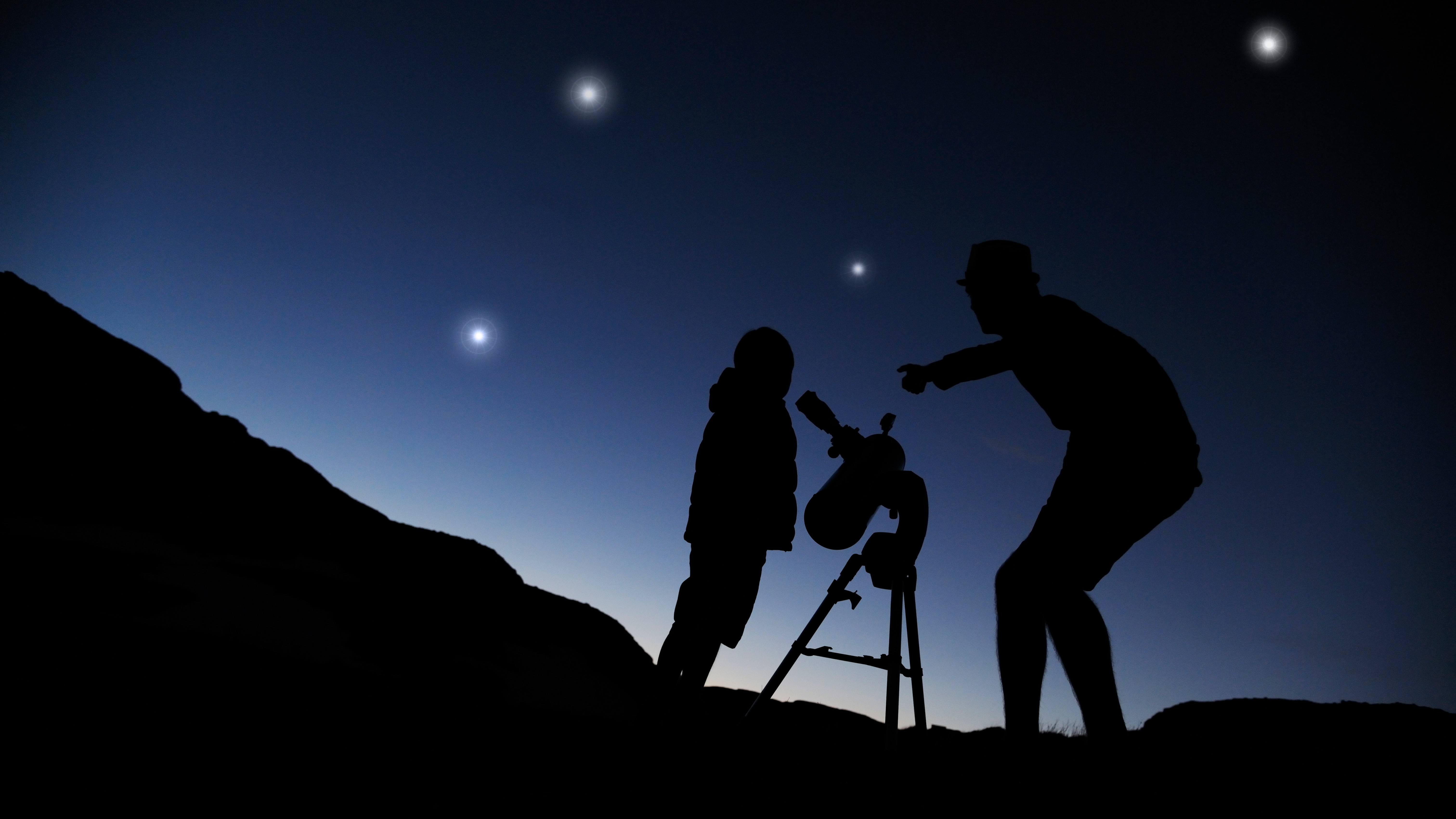Dying Comets and the Living Planet: Largest Earth Science Meeting Launches Monday

The invasion of the tube people begins Monday in San Francisco, when more than 20,000 scientists — many toting tall plastic poster carriers — descend on the city for the annual meeting of the American Geophysical Union.
The latest findings from every field linked to earth science will be presented here, whether the discoveries were made on our planet or in another solar system. Advance press releases have touted big news coming from the Mars Rover Curiosity's search for conditions hospitable for life in Gale Crater. Scientists will also discuss the latest results from Comet ISON's solar death-dive and safety lessons from the Chelyabinsk meteor airburst over Russia in February.
Closer to home, expect many new results from polar surveys tracking climate change in the Arctic and Antarctica. Other highlights include updated global warming predictions for the United States based on the latest report from the Intergovernmental Panel on Climate Change, released Sept. 27.
Scientists will present thousands of talks and posters with their most recent research findings during the meeting, which runs from Monday, Dec. 9, through Friday, Dec. 13. Press conferences from the meeting will be webcast live — you can see a full schedule and watch them here. You can also follow along with news from the meeting by checking out the hashtag #AGU13.
Email Becky Oskin or follow her @beckyoskin. Follow us @livescience, Facebook & Google+. Original article on LiveScience.
Get the world’s most fascinating discoveries delivered straight to your inbox.



